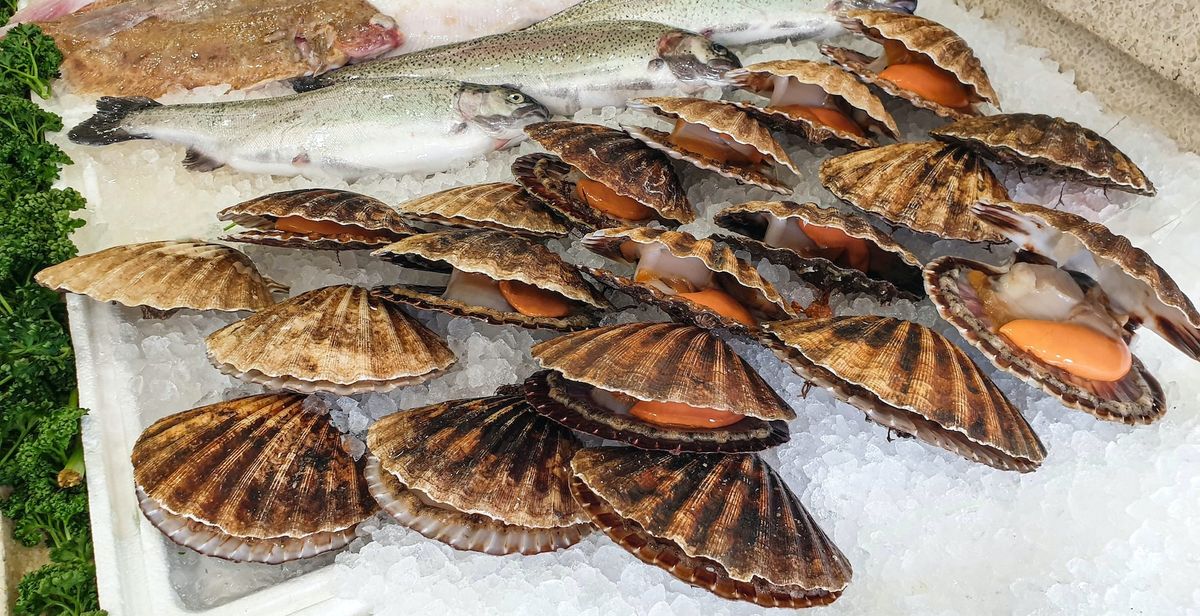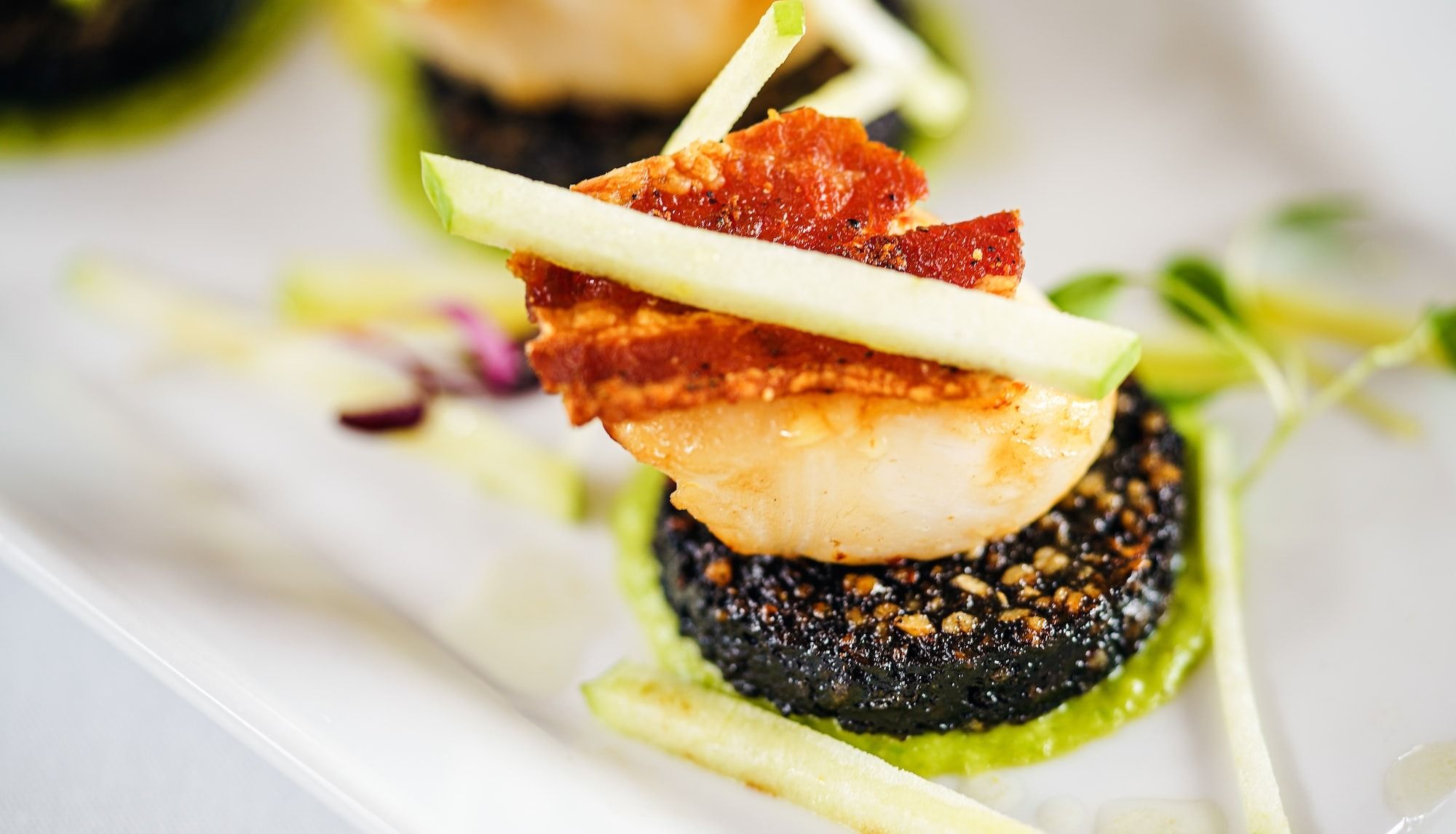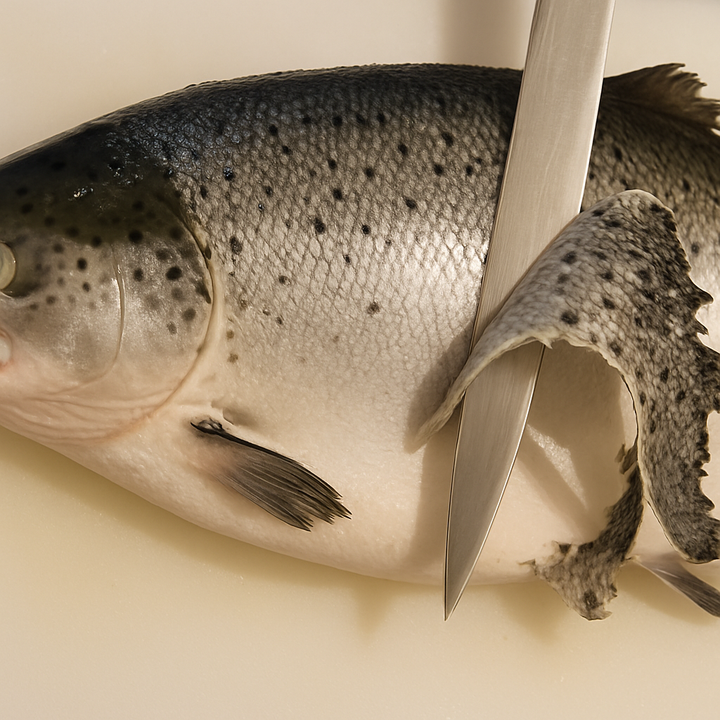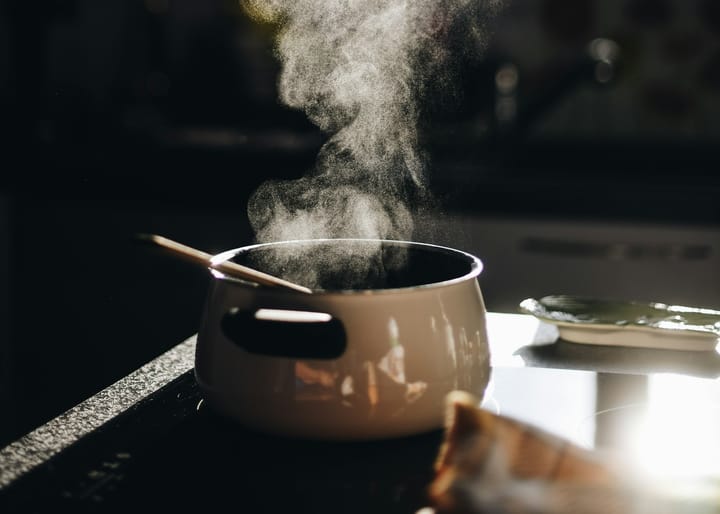Scallops: An In-depth Look at This Exquisite Mollusk Seafood
Explore the culinary charm of scallops: sweet, small bay scallops from shallow waters, and larger, meatier sea scallops from the deep. This guide deciphers their subtle differences, aiding your next seafood selection for a gourmet blend of taste and quality.

Embark on a culinary voyage with scallops, a seafood delicacy that transforms a humble pasta into a gourmet delight.
The scallop family, primarily comprising bay and sea scallops, offers unique flavors and textures. Bay scallops, the smaller and sweeter variety, hail from shallow waters, while sea scallops, larger and meatier, thrive in deeper seas.
As you explore further, you'll encounter other scallop varieties, each with its distinct charm.
This guide aims to unravel the subtle differences among them, aiding you in making an informed choice for your next seafood adventure, ensuring a perfect blend of taste and quality.
What Are Scallops?
Scallops, marine bivalves from the Pectinidae family, stand apart as the only swimmers among their clam and mussel cousins, thanks to their strong adductor muscles.
Primarily residing in the Atlantic’s embrace, from Maine to Florida, they also grace the calm estuaries with their presence.
In the culinary sphere, scallops are revered for their sweet essence, shining in dishes like chowders and casseroles.
Their versatility is showcased when pan-seared, sautéed, or fried, each method unlocking a unique taste of the sea.
Diverse Varieties of Scallops
The scallop family's shining stars, bay and sea scallops, come from contrasting habitats and present distinct culinary narratives.
Bay scallops, hailing from the calm shallows of Atlantic estuaries, boast a petite size conducive to swift cooking, making them ideal for casseroles or ceviches. Their tender, slightly sweet profile is a cherished addition to light, summery dishes.
On the flip side, sea scallops emerge from the icy depths of the open ocean, bearing a size that demands the spotlight as a main course.
Their substantial size is a canvas for grilling or pan-searing, yielding a caramelized exterior encasing a succulent interior, often showcased atop risotto or beside vibrant vegetables.
Their luxurious texture and rich, buttery flavor have crowned sea scallops as a highly sought-after delicacy among chefs and gourmets, embodying a touch of opulence in the culinary realm.
Further exploration reveals the Calico scallops from warmer southern waters, and the elusive Lion's Paw scallops from Caribbean and South American waters, each introducing a unique flavor narrative.
Every scallop variety enriches the seafood spectrum, yet the sea scallop, with its luxurious demeanor, often reigns supreme in gourmet circles, reflecting the epitome of marine indulgence.
Sea Scallops vs. Bay Scallops
Size: Bay scallops, small like popcorn kernels, are vastly outsize by sea scallops, which boast a diameter of around 2 inches, making them about three times larger.
The size of sea scallops is often categorized as U10, U12, or 10-20, indicating the number of scallops per pound, whereas bay scallops are typically around 60 to a pound, sometimes even smaller.
This size variance significantly influences their respective culinary applications and preparation methods.
Flavor Profile: Bay scallops entice with a sweet whisper, while sea scallops boast a brinier, richer flavor, earning them a luxurious status among gourmets and chefs.
Texture: The tender embrace of bay scallops contrasts with the meatier, hearty texture of sea scallops, with both varieties carrying a touch of oceanic grit.
Culinary Applications: Bay scallops, often sautéed, find a cozy spot in everyday meals, whereas sea scallops, ideal for pan-searing, grilling, or broiling, are typically reserved for special occasions, taking the spotlight in gourmet dishes.
Harvesting Method: Bay scallops are typically dredged from shallow estuarine waters. On the other hand, sea scallops from deeper, colder realms are mostly harvested using chain nets on an industrial scale, given their commercial value.
A select category of sea scallops, known as "diver scallops," are hand-harvested by divers. These larger scallops often command a premium due to their size and the sustainable effort involved in their collection.

Selecting the Ideal Scallop for Culinary Creations
Fresh vs. Frozen Scallops
While the allure of fresh scallops from a local fishmonger is tempting, frozen scallops often lock in freshness, especially if you reside far from the coast.
Typically, "fresh" scallops in stores may have been previously frozen and then thawed upon arrival. Opting for frozen scallops ensures you're getting them preserved at their peak freshness.
Wet- vs. Dry-Packed Scallops
Wet-packed scallops are treated with a sodium tripolyphosphate (STP) solution, making them retain more water which can lead to shrinkage and a tougher texture upon cooking.
On the flip side, dry-packed scallops are free from chemical treatments, retaining their natural, succulent flavor and texture. When shopping, look for labels stating "dry-packed" or "chemical-free" to ensure a higher quality and more flavorful scallop.
Diver and Dayboat Scallops
Diver Scallops: Hand-harvested by divers from the ocean floor, this method is sustainable and selective, causing minimal disturbance to marine habitats. Though pricier, the premium is for the quality and the sustainable harvesting method.
Dayboat Scallops: Harvested and returned to shore within 24 hours, these scallops are often sold as dry scallops and are synonymous with peak freshness.
They are a prime choice for special occasions, especially in regions close to their harvesting areas.
Most commercially sold scallops are harvested by trawling, a method involving scraping the ocean floor, and are frozen immediately to preserve freshness.
Scallops Culinary Applications

Seared Scallops
This is a classic preparation where dry, diver, or dayboat scallops are preferred due to their lower water content. A high-heat sear gives them a crisp, golden crust while keeping the inside tender and juicy. They are often served atop risotto or a puree of vegetables.
Scallop Ceviche
Bay or calico scallops are commonly used for ceviche as their smaller size and tender texture marinate well in citrus juices. Their sweet flavor complements the acidity and the fresh herbs used in ceviche.
Scallop Pasta
Scallops can turn a simple pasta dish into an elegant meal. They can be seared and served with linguine, fettuccine, or any pasta of your choice, along with a light cream or tomato-based sauce.
Grilled Scallops
Larger scallops like sea, diver, or dayboat scallops are well-suited for grilling. Their meaty texture stands up well to the high heat, achieving a smoky char that pairs well with summer salads or grilled vegetables.
Scallop Chowder
Scallops can be a star ingredient in chowders, imparting a sweet, oceanic flavor to the creamy broth. Wet scallops could work here as the dish is rich and flavored with other seafood and vegetables.
Baked or Broiled Scallops
With a touch of butter, garlic, and herbs, scallops can be baked or broiled to perfection, making a light yet satisfying meal.
Scallop Sushi or Sashimi
High-quality, fresh scallops can be enjoyed raw as sushi or sashimi, showcasing their natural sweetness and tender texture.


